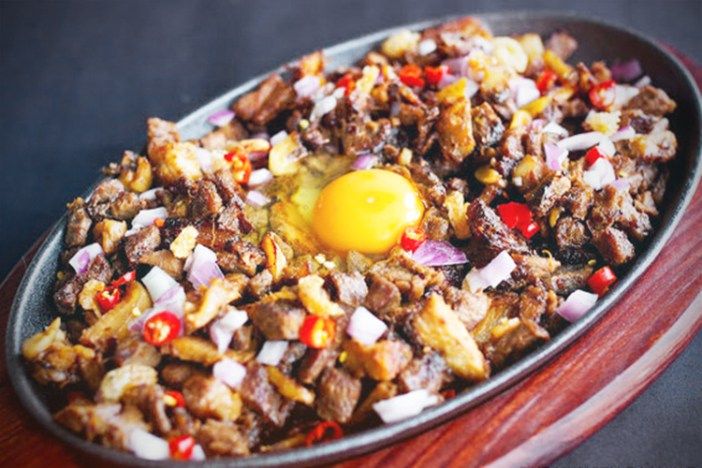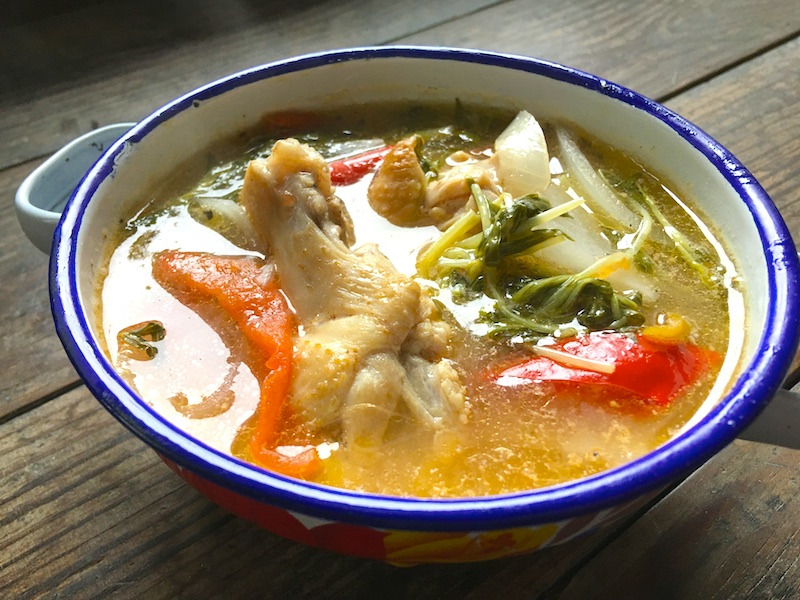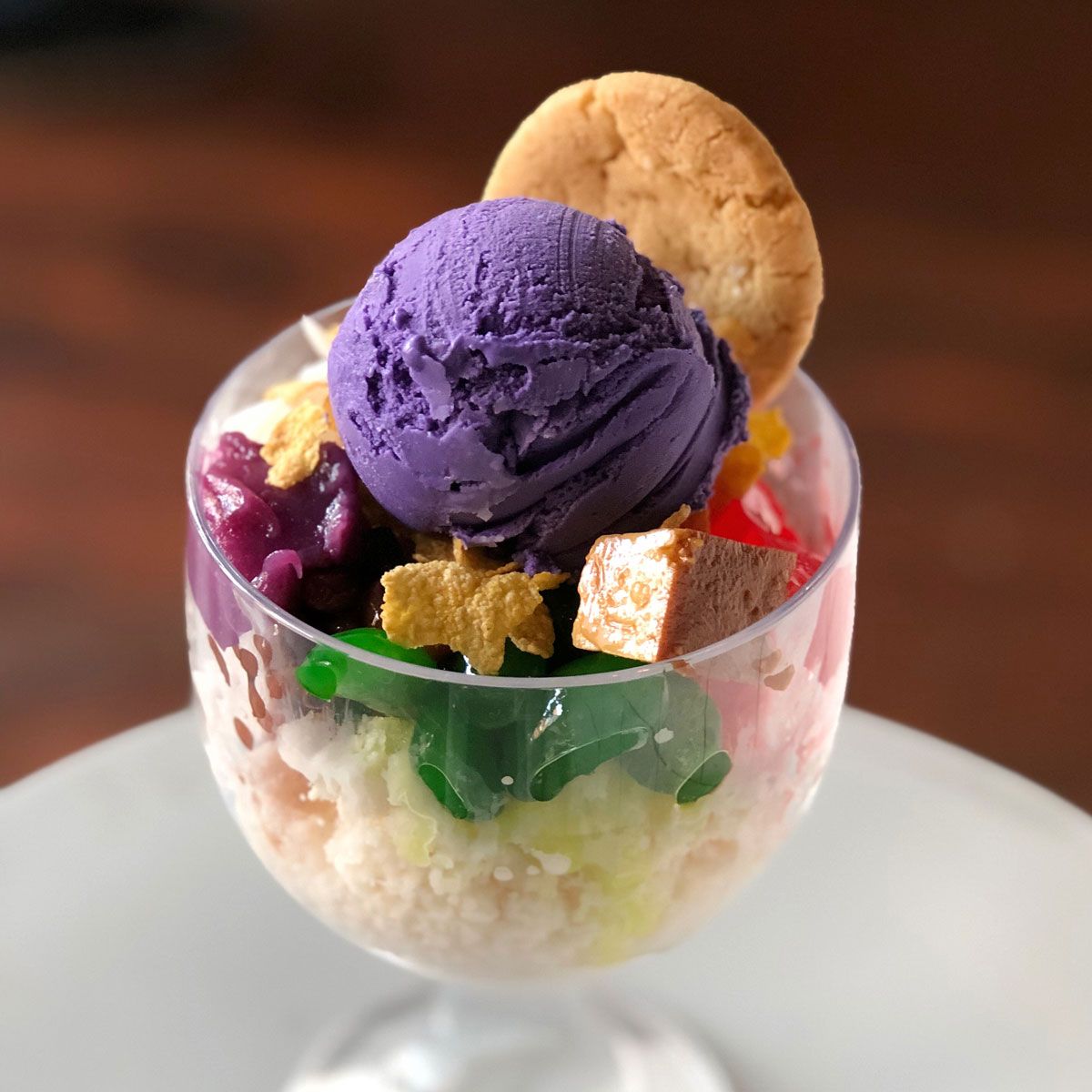【講師コラム】エリカ講師No.4~Exploring the Flavors of Filipino Cuisine: A Journey through Sweet, Sour, and Salty Delights~
Englishbuds 管理人 MommyKayo です。
今日は新学期最初の金曜日です!
学校に戻っていった子どもたち、
元気に2学期も楽しんでくれるといいな、
と思っております(^^)
バズの金曜のブログは講師コラムです!
今日はエリカ講師に担当してもらいます♪
加入直後はレッスンご提供数が限られていたエリカ講師ですが
最近は安定してレッスンを開講してくれています。
是非エリカの笑顔いっぱいのレッスンをご受講くださいませ♪
エリカ講師のレッスン予約はこちらから✨
今日はエリカ講師に
おすすめのフィリピン料理について語ってもらいます!
エリカのお勧めは何でしょう???
Exploring the Flavors of Filipino Cuisine: A Journey through Sweet, Sour, and Salty Delights
Have you ever tried Filipino food? Maybe you haven’t because, Filipino cuisine hasn’t caught on internationally as much as other Asian cuisines like Japanese, Korean, Vietnamese, or Thai. So, what exactly is Filipino food? Visitors trying the food in the Philippines for the first time may find it similar to Spanish food. Some said strong Chinese influences while others will recognise localized versions of American food. Because of the country’s colonial history, Filipino food has evolved into a melting pot of Eastern and Western influences.
Filipino food is characterized by the combination of three flavors – sweet, sour, and salty.
Let’s start with salty and that’s Pork Sisig. One dish to represent Filipino cuisine, I’d probably tell you to try pork sisig It’s served on a cast iron sizzling plate. Sisig is originally from Pampanga province which is the (unofficial) culinary capital of the Philippines. Pampanga is close to my hometown and it’s the best! I’ve never tried cooking it because of its process, every region has its version of cooking but I would recommend trying at Luzon Island in Pampanga.
Second, sour and it’s the famous Sinigang it can be pork, beef, fish or shrimp. Sinigang is another popular and important dish in Filipino cuisine. It refers to a type of soup or stew characterized by its sour and savory flavors. It’s usually tamarind-based though other acidic Filipino fruits can be used as souring agents like guava, kamias, and santol. It’s usually paired with white rice and served with patis (fish sauce) as a condiment. I remember this was the first dish I tried cooking when I was young. I think every Filipino can cook Sinigang it’s our comfort food. The process and ingredients of cooking may vary for the main meat. My top 2 favorites are pork sinigang and shrimp sinigang. I recommend trying it and tell me your favorite.
Lastly, sweet and that is Halo-halo. It is a Filipino-style shaved ice made with sweetened beans, fruits, and jellies and topped with milk, Leche flan, purple yam jam, and ice cream. Halo-halo, which translates to “mix-mix,” is said to have originated from the Japanese shaved ice, kakigori, and was brought to our shores by Japanese migrants who settled near the ice manufacturing plant in Quinta, Manila. We have 2 seasons here in the Philippines the dry and wet seasons. But people feel it is always summer, we can order halo halo any time at different restaurants. But it’s famous every summer around the neighborhood we can easily buy from the sari-sari store. A sari-sari store is a small neighborhood retail shop so it means it’s cheaper but most importantly nearby.
シシグ来ましたー!
私の一番好きなフィリピン料理はシシグです♪
ロミという麵料理も捨てがたいのですが
シシグは美味しいです(^^)
月日が経つと
景色だったり何をしたかは忘れてしまうものですが(^^;
料理の味だけは案外覚えていたりします♪
あぁ~、フィリピン料理久しぶりに食べたくなってきました✨
でもなかなか食べられるお店がなくて(T▽T)
うぅ、この企画は罪だわ・・・。
フィリピン行くまで我慢、我慢・・・。
罪企画続きます!
お楽しみに!
にほんブログ村



